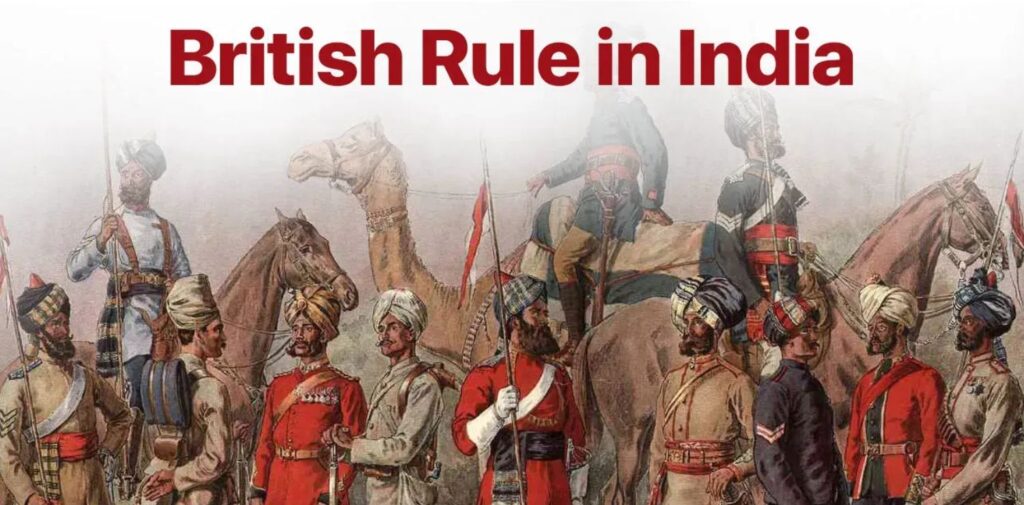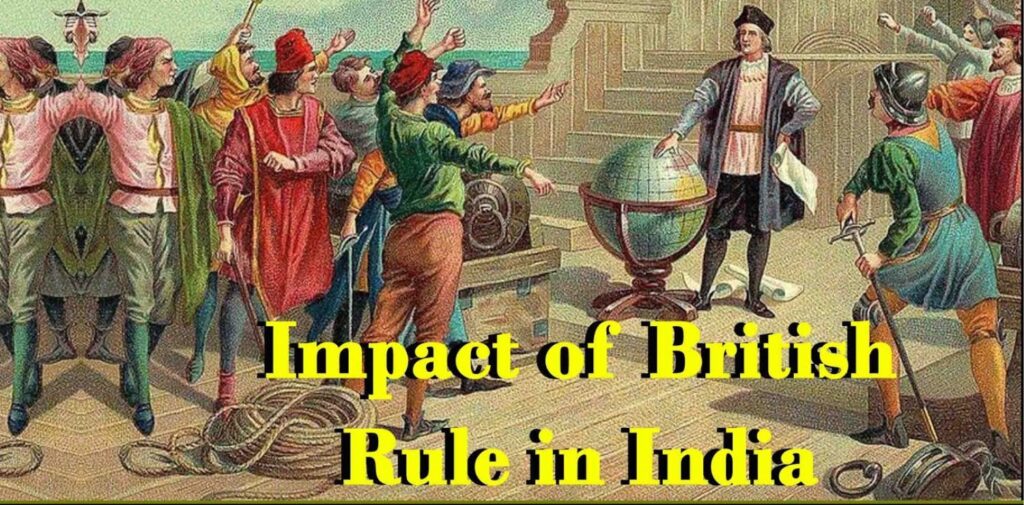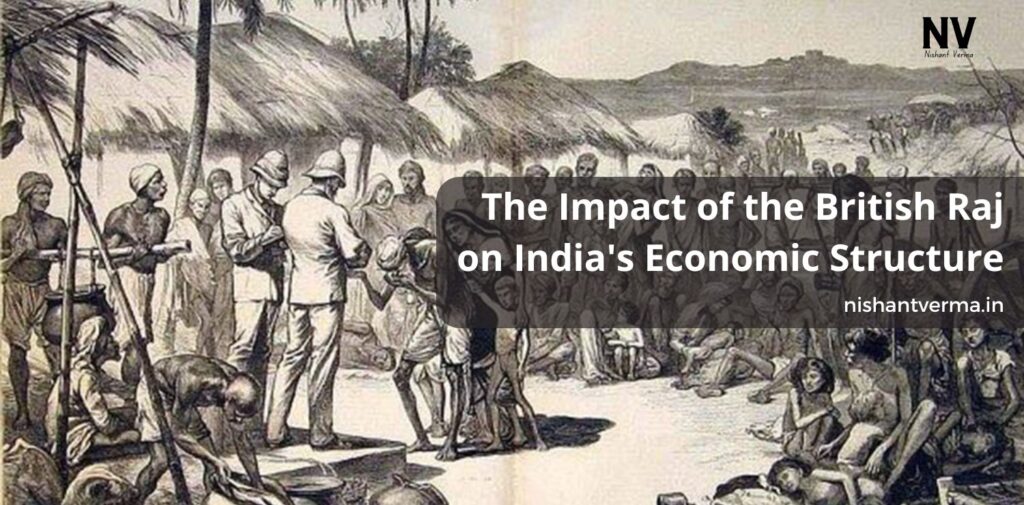The British Raj, which lasted from 1858 to 1947, significantly changed India’s economic landscape. This period saw both positive and negative consequences for India’s economy. Understanding these impacts helps us grasp how colonial policies shaped the country’s economic structure and influenced its development even after independence.

The Beginnings of British Control
In the early 18th century, India was home to a rich tapestry of cultures and economies. The British East India Company started as a trading body but gradually took control of vast territories. By the mid-19th century, the British Crown assumed direct control over India, marking the beginning of significant economic changes.
Agricultural Transformation
One of the first major changes the British introduced was in agriculture. Before British rule, India had a diverse system of agriculture that catered to local needs. However, the British focused on cash crops—such as cotton, indigo, tea, and opium—primarily for export.
- Cash Crops vs. Food Crops: The emphasis on cash crops led to a reduction in food production. Farmers were often forced to grow these crops instead of food, leading to food shortages. This shift contributed to several famines in India, including the devastating Bengal Famine of 1943, where millions died from starvation.
- Land Revenue Systems: The British implemented harsh land revenue systems like the Permanent Settlement in Bengal. This system fixed land taxes, making it difficult for farmers to adapt to changing circumstances. Many farmers fell into debt, leading to widespread poverty and landlessness.
Industrial Development and Deindustrialization
The British Raj also impacted India’s industrial landscape. Initially, the British did invest in some infrastructure, like railways and ports, to facilitate trade. However, their primary aim was to benefit British industries.
- The Rise of Railways: Railways were one of the most significant developments during this period. They connected different parts of India and facilitated the movement of goods. While this infrastructure helped transport raw materials to British factories, it was not primarily designed to boost local industries.
- Decline of Traditional Industries: Before British rule, India was known for its handicrafts and textiles. However, the influx of cheap British goods, particularly textiles, led to the decline of these traditional industries. Indian artisans and weavers struggled to compete with machine-made products, leading to unemployment and loss of skills.

Trade Policies and Economic Exploitation
British trade policies were heavily skewed in favour of Britain. India was transformed into a market for British goods, while British manufacturers gained access to Indian raw materials at minimal costs.
- One-Sided Trade: The British imposed tariffs on Indian goods but allowed their products to enter India duty-free. This one-sided trade system meant that India became economically dependent on Britain, leading to a drain of wealth from India to Britain.
- Economic Drain: The concept of the “drain of wealth” was popularized by leaders like Dadabhai Naoroji. He argued that the British were taking a significant portion of India’s wealth back to Britain, which stunted India’s economic growth. Investments made by the British in India were primarily to serve British interests rather than develop local economies.
- Social and Economic Changes: The British Raj also brought social changes that impacted the economic structure of India. Western education and legal systems were introduced, which altered traditional ways of life.
Education and New Professions
The British established schools and universities, leading to the emergence of a new educated middle class. This class began to take on roles in administration, law, and commerce. While this created opportunities for some, it also fostered discontent among those who felt marginalized by the colonial system.
- The Rise of Nationalism: The economic exploitation led to a growing sense of nationalism. Indian leaders began to mobilize against British policies, advocating for self-rule and economic independence. This was not just a political movement; it had deep economic roots as well.
- Post-Raj Economic Legacy: When India gained independence in 1947, it inherited a mixed economic structure influenced by colonial policies. The economic systems set up during the British Raj had long-lasting effects on India’s economy.
Challenges of Independence
India faced several challenges upon independence. The economy was primarily agrarian, with a high level of poverty and illiteracy. The British had left behind an industrial base that was not robust enough to support rapid economic growth.
- Agricultural Reforms: After independence, the Indian government recognized the need for agricultural reforms. Efforts were made to improve food production through initiatives like the Green Revolution, which introduced new agricultural technologies and high-yield crops. These changes aimed to ensure food security and reduce poverty.
- Industrial Policies: The post-independence government also focused on industrialization. By establishing state-owned enterprises, it aimed to reduce dependence on foreign goods and create jobs. This approach led to gradual industrial growth, but challenges remained, including bureaucratic inefficiencies and corruption.

Conclusion: Impact of the British Raj
The British Raj had a profound impact on India’s economic structure. While it brought some infrastructure development, it also led to the exploitation of resources, a decline in traditional industries, and widespread poverty. The policies enacted during this period shaped India’s post-independence challenges and opportunities.
Today, understanding the economic legacy of the British Raj helps us appreciate the complexities of India’s development journey. It serves as a reminder of how historical policies can have long-lasting effects, influencing not only economies but also societies and cultures. As India continues to grow and evolve, the lessons from the past remain relevant in shaping its future.




